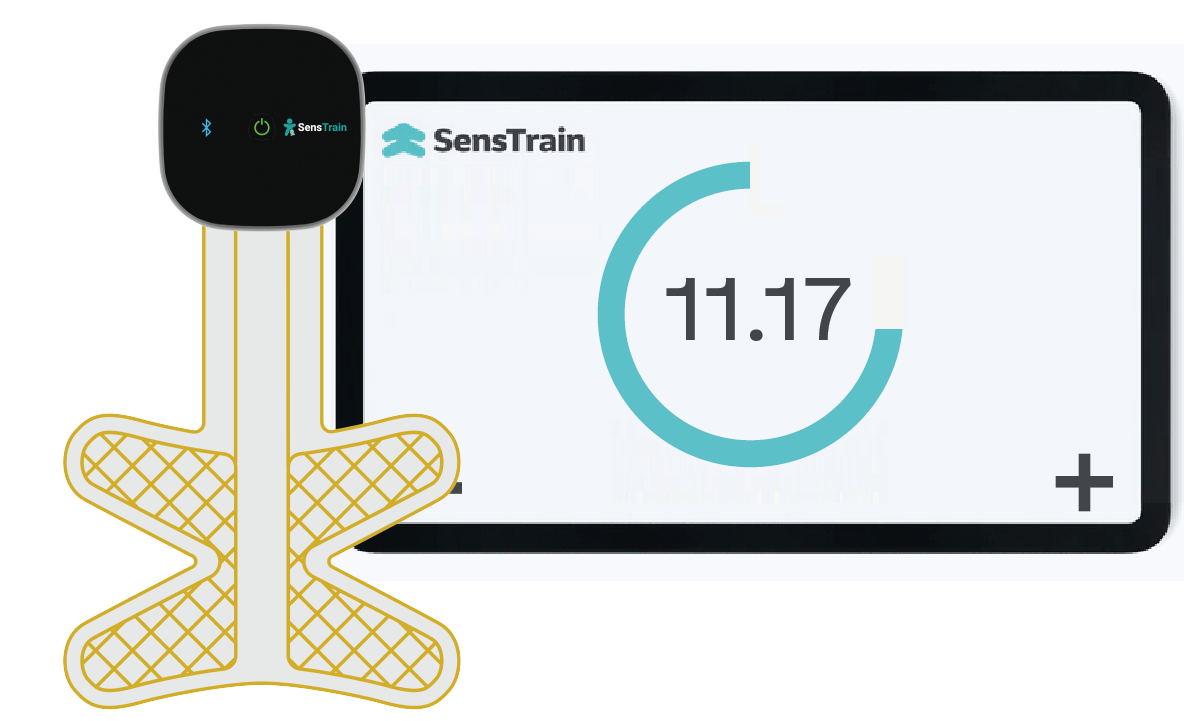
Developed With Experts
SensTrain Neuro-PL is the result of five years of collaboration between university researchers, physiotherapists, healthcare professionals, amputees, and our MedTech development team.
Together, we've created a software-guided therapy system that brings clinical insight into the home - making advanced pain management more accessible than ever.
SensTrain Neuro-PL is the first home-use device of its kind to deliver a structured dual-mode approach: an active pain relief mode and a clinician developed Sensory feedback TENs program, designed to support long-term improvement in brain-body alignment.
Our Partners





NeuroTraining can make a real difference
Our NeuroTraining mode delivers Sensory Discrimination Training (SDT)
Until the invention of SensTrain, this effective therapy had been restricted to only been available in clinic.
After amputation, the brain still expects to receive signals from a limb that is no longer there, and when this does not happen, confusion occurs. This can manifest as a phantom limb, and as sensations or pain in that phantom limb.
SensTrain's SDT therapy program uses gentle, targeted stimulation on the residual limb. This can help improve the muscle's response to signals. Learning where the limb ends, the brain-body connection can then start to be normalised.
SDT has long been used to help encourage cortical reorganisation, with the aim to provide real long-term change by helping your brain realign with your body.

Active Relief Mode for when pain strikes
Using soothing stimulations, Active Relief Mode helps to reduce the intensity of flare ups.
Simply stick on the Active Relief Pad, start the 15-minute session, choose a strength setting that works for you and sit back and relax and the SensTrain Neuro-PL will do its work.
Active Relief Mode is designed to quickly manage symptoms of phantom and residual limb pain when it strikes, whether that's at night in bed, or when it stops you getting on with your day.
Site References












